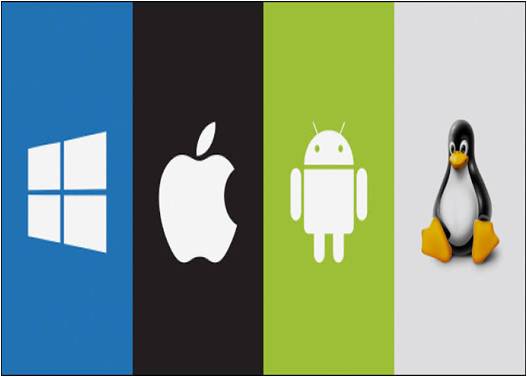UNIT-I
Introduction to Operating Systems: OS structure and strategies, Process concepts, Multithreaded Programming, Process scheduling, Process synchronization, Deadlocks.
UNIT-II
Memory management strategies with example architectures: Swapping, Contiguous allocation, Paging, Segmentation, Segmentation with paging, Virtual memory management: Demand paging, Page replacement, Thrashing.
UNIT-III
File system interface: File concepts, Access methods, and protection. File system implementation: File system structure, Allocation methods, Directory implementation of file systems, Mass storage structures, I/O systems
UNIT-IV
System Protection: Principles and Domain, Access Matrix and implementation, Access control and access rights, Capability-based systems, and Language-based Protection
System Security: Problem, Program threats, cryptography, user authentication, implementing security defenses, Firewalling, Computer Security Classification
UNIT-V
Case Studies: The Linux System–Design principles, Kernel modules, Process management, Scheduling, Memory management, File systems, Input and Output, Inter-process communication. Windows7–Design principles, System components, Terminal services, and fast user switching File systems, Networking, Programmer interface.
Suggested Reading:
1. Abraham Silberschatz, Peter B Galvin, Operating System Concepts,9th Edition, Wiley, 2016
2. William Stallings, Operating Systems-Internals and Design Principles, 8thedition, Pearson, 2014
3. Andrew S Tanenbaum, Modern Operating Systems, 4th edition, Pearson, 2016

